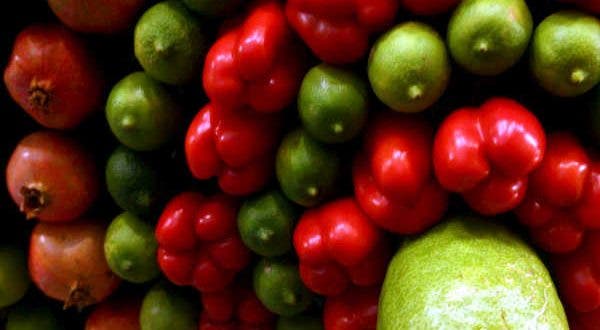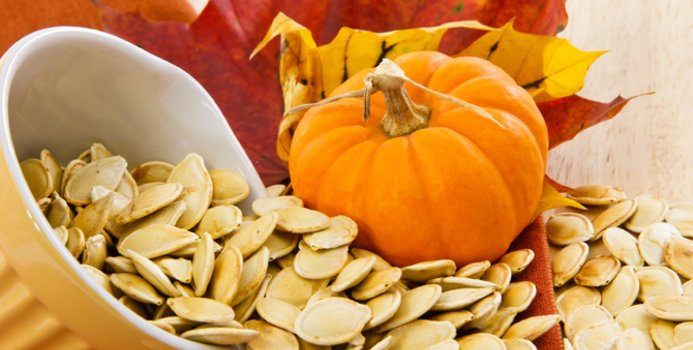No products in the cart.

The consumption of fruits and vegetables does not understand seasons, although seasonal ones are recommended for each season. However, there are still many who look for excuses to avoid their intake and have false beliefs about legumes. In the ABC of Nutrition of “El Bisturí”, Laura González answers questions about these issues in the office of the month of May
Is any time of the year preferable to eat fruits and vegetables?
Whatever the time of year, it is recommended to consume at least 5 servings of fruits and vegetables every day: 3 servings of fruit, and 2 of vegetables (one of them in the form of salad).
Fruits and vegetables don’t make a vacation.
Fruits and vegetables are a group of foods with a high water content, so they provide us with few calories. They are rich in vitamins, minerals, antioxidant substances and nutrients with a regulatory function that control the reactions of our body.
In addition, they contain dietary fiber, which promotes intestinal transit, prevents constipation and helps regulate cholesterol and blood sugar.
The consumption of seasonal fruits and vegetables is recommended because they are more nutritious, tastier and cheaper, since they are harvested at their optimum point of ripeness and there is more availability.
Why do so many people have a hard time eating fruits and vegetables?
The results of the First Observatory of Nutritional and Living Habits of Nestlé Families concluded astonishing data: almost 80% of Spaniards do not eat the recommended amount of fruit, and approximately 60% do not eat the vegetable rations.
We Spaniards make very varied excuses, especially young people.
“I’m lazy”, “I find them boring, especially vegetables”, “I forget” or “it is impossible to eat more” are some of those excuses. It is also common to hear “I don’t like the taste” or “I don’t like the texture.”
To change this trend and recover the principles of the Mediterranean diet, it is very important to promote the education of healthy lifestyle habits and contribute to a balanced diet of the population, with special attention to children.
Programs to promote nutritional culture in schools and interactive tools for families can help them to acquire healthy eating habits in the future.
Other measures can be:
Share more meals as a family
Let children participate with their parents in making or shopping
Have fruit always accessible in the fruit bowl at home
Leaving chopped fruit in a lunch box in the fridge
Put a salad of fresh vegetables in the center of the table always in the main meals
These practices create curiosity in children: it is not being imposed on them, but in the end the consumption of fruits and vegetables ends up attracting them. This helps to develop healthy eating habits and increase the consumption of vegetables in adulthood.
What foods can we bring to a picnic?
They should be simple and easy to transport foods. For example:
Omelette. A classic.
Assorted sandwiches. The bread should be made with whole grains and contain some vegetables (lettuce, tomato) and protein (turkey, chicken, fresh cheese, tuna).
Vegetable salads. Based on lettuce, tomato, onion, avocado, red or green pepper, cooked potatoes …
Gazpacho and vichyssoise. They can be carried in a very cold thermos.
Season’s fruit. It will always be the best option for dessert. It can be washed, and include natural yogurts.
Include very fresh and abundant drinks, for example water, cold teas, soda … It is better not to abuse beer or alcoholic beverages. The consumption of alcohol inhibits the antidiuretic hormone, so it causes us to go to the bathroom more and dehydrates. The best moisturizer is water.
We must also avoid the use of fresh eggs for the preparation of homemade sauces if the refrigeration is not going to be adequate, as in the case of meals in the field. If we want to add sauce, it is preferable to buy a commercial sauce already prepared.
In any case, food should be stored in a portable refrigerator, always with ice or cold accumulators, and avoid direct sun on them.
Why do legumes have a worse nutritional reputation than fruits and vegetables?
In relation to legumes there are many urban legends – and unfair – that contribute to their low consumption. We are going to try to demystify these claims.
“It takes a long time to prepare”
Except for lentils, which need a few hours to soak, it is possible to prepare a large quantity to consume that same day, and save the rest to prepare other stews the next day.
They can also be bought in jars, already cooked, and before cooking remove the salt.
“They produce heaviness”
It is true that legumes have a lot of fiber and oligosaccharides that, when fermented, produce flatulence.
To minimize this effect, when they start to boil, remove the saucepan from the heat and add cold water. This is known as “scaring legumes.”
It is also reduced by cooking them with aromatic herbs such as cumin, bay leaf, thyme, fennel or anise.
“Fatten”
It is a false myth: a serving of legumes (60-80 grams raw) contains around 200 kcal.
What makes you fat is the fat from the companions of the stews: the chorizo, the blood sausage or the bacon. Cooked with vegetables and a drizzle of oil, it is a vegetable option and they are a perfectly valid option even for weight loss diets.
What’s your reaction?
Love0
Sad0
Happy0
Sleepy0
Angry0
Dead0
Wink0









